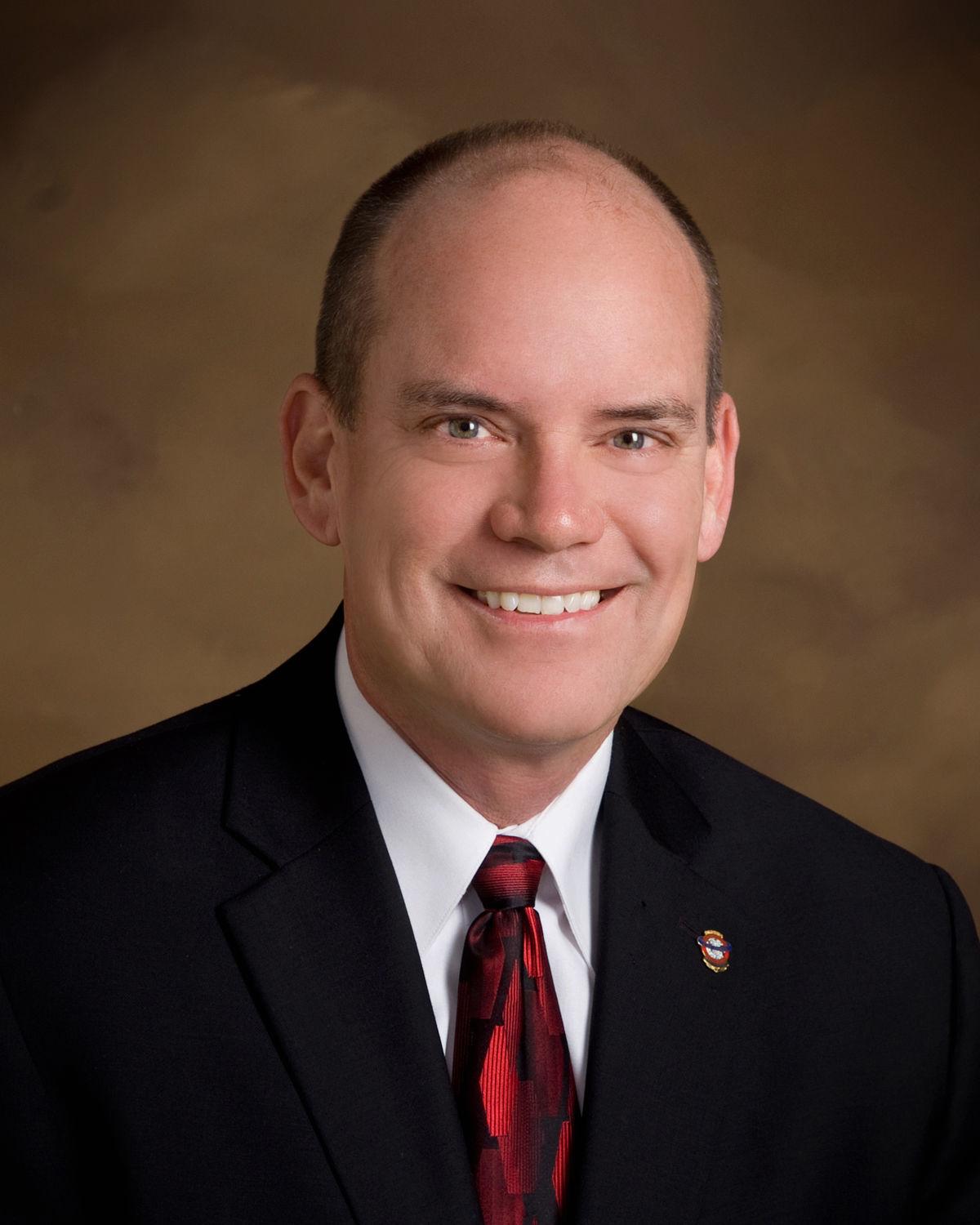From the Chief’s Corner: One-Size-Fits-All, But Not for ERCES…
By Chief Alan Perdue (ret.), SBC Executive Director Posted on October 25, 2023 The idiom one-size-fits-all can be used to describe situations, items, policies, etc. that are intended to apply to a broad range of individuals. The term, as defined by Merriam-Webster, means: “…applying to all cases or individuals without modification.” Of course, one-size-fits-all is not an exact fit for some individuals, nor, in the case of a policy, is it designed for every situation. Through my travels and experiences, I often see folks trying to apply the one-size-fits-all concept to the world of ERCES. Quite frankly: That doesn’t work. One-size-fits-all is widely known in the garment industry. Have you ever purchased a piece of clothing after seeing it on the model in the ad in a catalogue or online site only to realize that it doesn’t fit correctly or look as good on you when you actually try it on? Each of us is unique in size and shape, so in reality one-size-doesn’t-really-fit-all. The same holds true for ERCES design and installation. When we look at the equipment associated with an ERCES, we may find something that we liked and used with success in one application and think I’ll just do the same thing in the next building – only to find that in the next building it simply wasn’t the correct equipment or solution at all! This is because each scenario of solving the in-building communications problem stands on its own merits. I often say that the number one answer in all things ERCES is “it depends.” Each building’s or group of buildings’ design and installation depend on many factors, such as:
Failing to involve the frequency license holder at the beginning of the process that intends to use, let’s say a signal booster, may put you in a situation whereby you installed an ERCES that cannot be turned on. Why? Because in the Unites States for example, the frequency license holder is the only one that can authorize the use of a signal booster in accordance with 47 CFR part 90.219. Just imagine the scenario where you installed and charged a building owner for a one-size-fits-all system that cannot be used. Not a great business model! So how do you avoid that scenario? By making sure the process of designing and deploying an ERCES always starts with contacting the frequency license holder of the system to be enhanced to determine what solution options and parameters are permitted to be utilized on their licensed system(s). Trying to apply the concept of one-size-fits-all to ERCES may seem like an easy approach when in fact it’s actually a lazy one. As author Tom Peters said, “One size NEVER fits all. One size fits one. Period.” so please do it right the first time and every time because someone’s life may depend on it. #feelsafeinside
|

